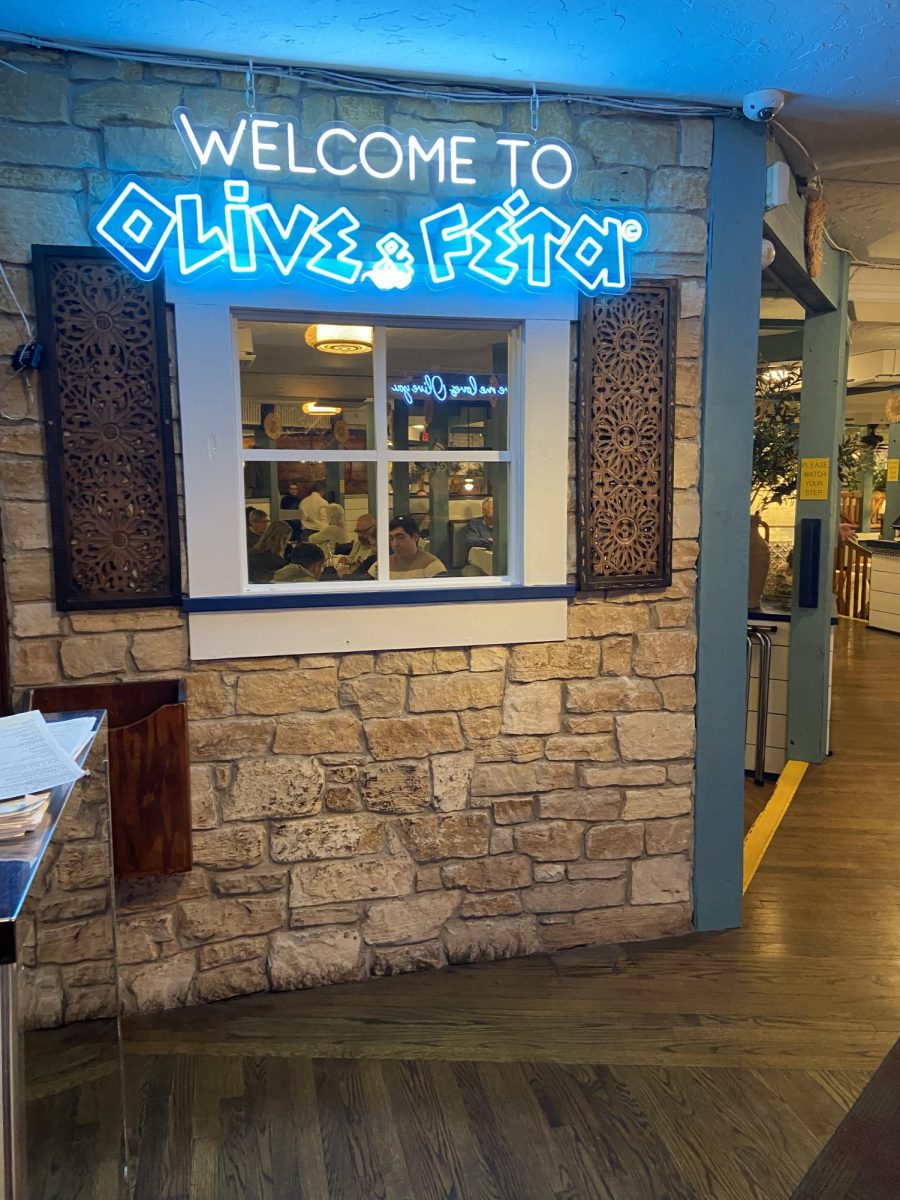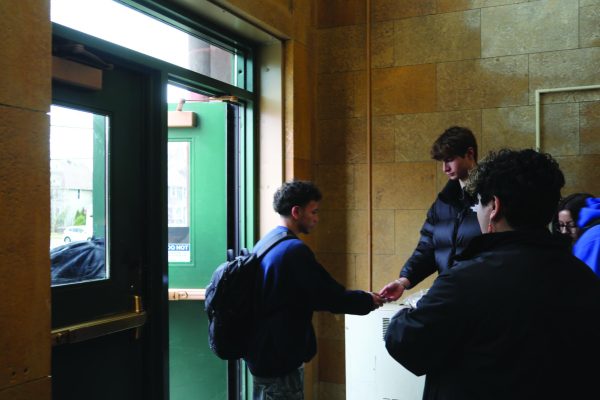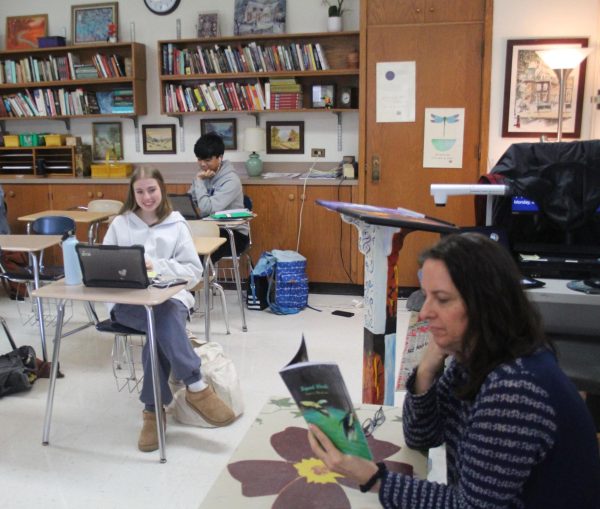New immigration policy sparks enthusiasm, doubt
Policy favors migrant speaking more
January 26, 2015
President Barack Obama gave a national address on Nov. 20, announcing his Executive Order with the intent of fixing the country’s immigration problem.
“Today, our immigration system is broken—and everybody knows it,” Obama said.
Obama focused on a three-pronged approach that plans to tighten up border control, speed up the process for high-skilled immigrants and deal with undocumented residents.
Most of the media attention surrounding the bill has focused on the component of his plan that targets those undocumented residents, with particular emphasis on the Hispanic community. The bill offers legal safety from deportation for undocumented parents of U.S. citizens.
Teresa Alvarado ’15 is an oratory coach for the National Hispanic Institute at LT, and explains the mixed reaction from the Latina community.
“I remember sitting on the couch next to my brother,” Alvarado said. “As he kept on talking, my brother grew a little disappointed and in contrast I grew really happy.”
For Alvarado, the executive order was long anticipated. Ever since Obama was elected, she listened to his promises to help immigrants.
“Everyone should have a right to have happiness,” Alvarado said. “It’s one of the rights given to citizens in the Declaration of Independence. All of these children are United States Citizens – and would you say that being happy is having your parents be deported?”
For many others, however, the executive order can seem risky. Those like her brother question the power of Obama’s executive action after he leaves office, she said.
“Obama’s only in charge for a couple more years,” Alvarado said. “What happens in 2016? After people take advantage [of the program] the U.S. government will know where they live and know their names. That’s why some people are hesitant.”
Eighteen percent of LT students are Hispanic, based on data taken from the Chicago Tribune. Assistant Language Arts Chair Toby Casella works as part of the English Language Learners (ELL) program at LT. He works with students who have recently come to the United States.
“Most of our students [in ELL classes] do speak Spanish, but [they are] not all from Mexico,” Casella said.
At LT, there are currently 11 different native languages among those students in ELL classes. These include German, Gujurati, Tagalog, Arabic, Polish and Czech, Casella said.
“Some parents and some families are afraid because they don’t know the system,” Casella said.
Access to information is a key factor in determining which immigrant populations within LT would take advantage of the executive action, Casella said. Some populations have stronger media outlets, such as the prevalent Hispanic community. Those migrants who speak more obscure languages like Tagalog would have a harder time taking advantage of the executive order.
Francisco Gamboa has worked with the ELL community for 10 years, helping students grow their English language knowledge.
“Providing an education for our newcomers can only continue to strengthen our community,” Gamboa said.


















![Movie poster for [Rec] (2007).](https://www.lionnewspaper.com/wp-content/uploads/2023/04/rec-640x900.jpg)









José • Jan 29, 2015 at 3:39 pm
I really hope Republicans don’t begin to destroy the Executive Order. More importantly, if a Republican is sworn into the presidency, I hope he/she doesn’t get rid of it as some fear. Can’t imagine the pain of having your parent deported…